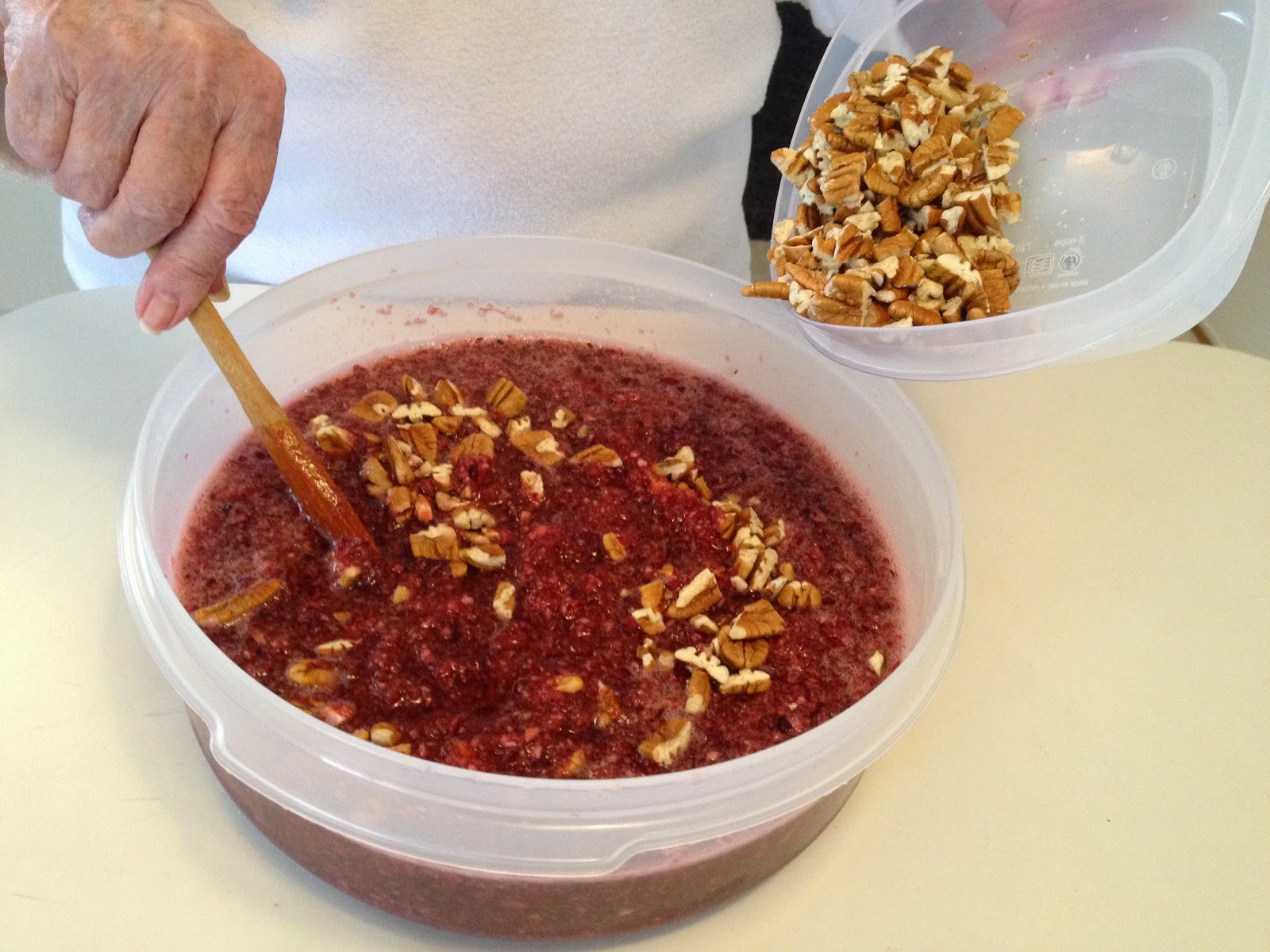Three secrets for cooking barbecued baby back ribs:
1. They have to be fresh from the store (not kept in your freezer and then thawed).
2. You have to remove the membrane on the bone side of the ribs.
3. Head Country sauce, manufactured in Ponca City, Oklahoma, is the best barbecue sauce in Oklahoma, maybe in the nation, or even the world.
A mess of ribs
First, pat the ribs dry with a paper towel. Remove the thin membrane from the back (bony side) of the ribs. Difficult, but important. If you're lucky, and get it started right, it peels off in a thin sheet.
Place the ribs on a sheet of heavy duty aluminum foil.
Sprinkle a dry rub on the meat. She has used seasoning from the Rendezvous (Memphis, TN), Daddy Hinkle's, and is currently in love with State Fair Seasoning from the Oklahoma Pork Council. Next we will try Head Country Seasoning.
Pour barbecue sauce over the meaty side of the ribs, and rub it in slightly.
Turn the ribs over and pour sauce into the "trough," the bony side. Rub it in slightly.
Wrap the ribs in foil, sealing the foil.
Place the ribs, meat side down (trough side up) on a baking sheet.
Bake at 300 degrees for 2 hours. Open the foil, turn ribs over, so the meaty side is up. Baste the meaty side of ribs liberally with barbecue sauce. Leave foil open and return ribs to oven. Start checking for doneness after 30 minutes.
Test for doneness by pulling on one of the bones. Bones should come loose easily.
We like these ribs better than the ones she smokes on the grill. The grilled ribs take a lot longer and are not as moist and tender.
Serve with My Bohemian Sister's
cole slaw and baked beans.
 Ingredients for dressing
Ingredients for dressing














































